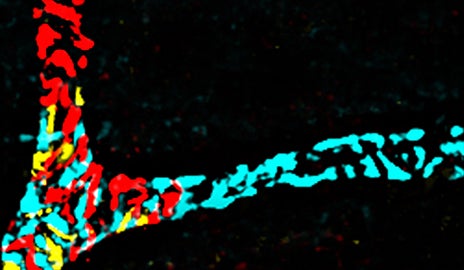Study identifies potential therapeutic target for pulmonary hypertension

Cardiovascular diseases are the leading cause of death worldwide. As a prime example, pulmonary hypertension is especially lethal, with one-half of patients dying within three years of being diagnosed. Yale researchers have uncovered a novel cell type that is essential to the development of pulmonary hypertension and promises to lead to improved therapies.
Pulmonary hypertension is a form of high blood pressure that affects arteries in the lungs. The molecular and cellular events leading to the development of the disease are not well understood. To gain further insight, scientists in the Yale Cardiovascular Research Center studied human lung samples and a mouse model of this devastating disease.
The researchers found specialized cells in the smooth muscle of lung blood vessels that proliferate in pulmonary hypertension. “It is remarkable that these progenitor cells are present in the normal lung — almost sitting there poised to multiply and migrate in disease,” said Dr. Daniel M. Greif, senior author and assistant professor of cardiology. They also discovered the molecular signals, including the protein KLF4, that regulate these cells.

Greif and his co-authors plan to further classify the progenitor cells in order to devise novel therapies to benefit patients with pulmonary hypertension. “If a patient is diagnosed early, and these cells could be targeted and manipulated, we could potentially attenuate the course of the patient’s disease,” he said.
The research was published Oct. 7 in Science Translational Medicine.
Media Contact
Ziba Kashef: ziba.kashef@yale.edu, 203-436-9317